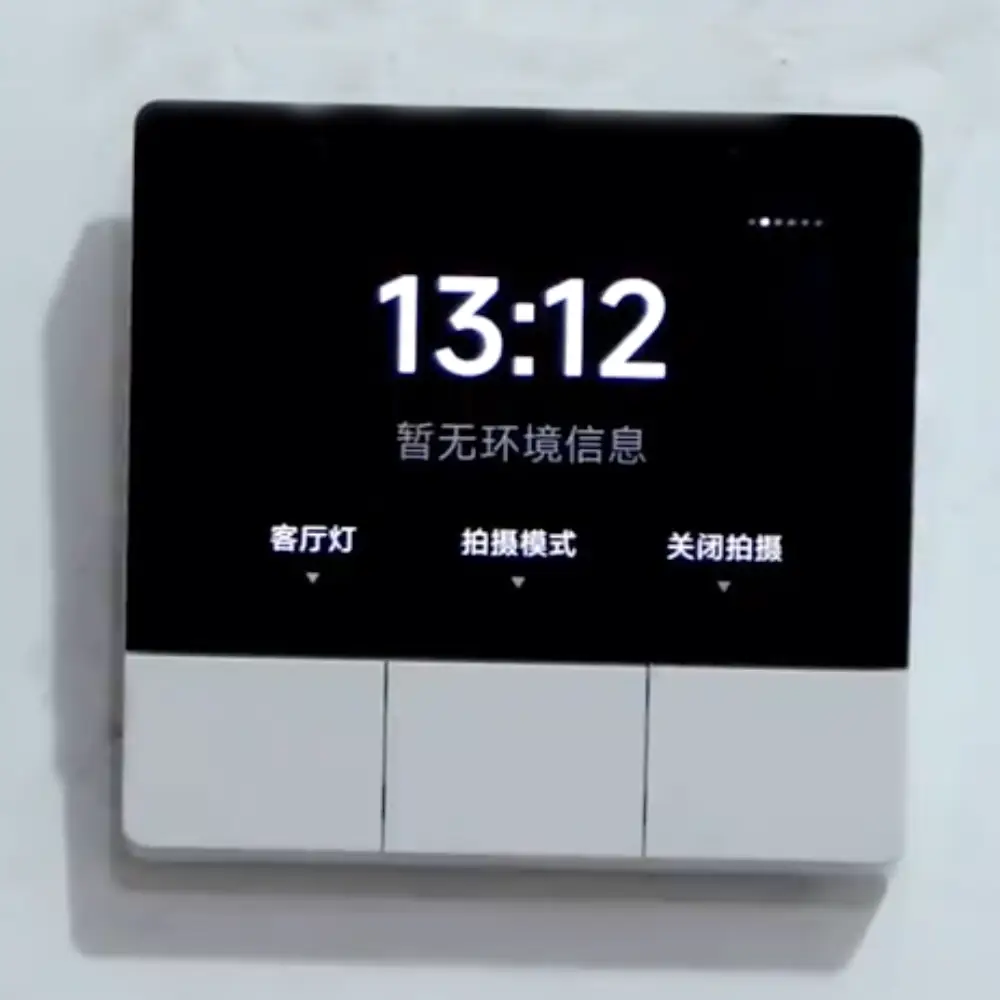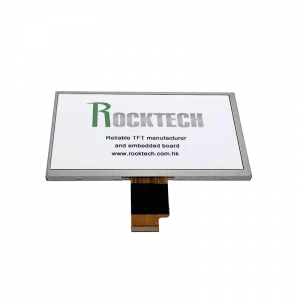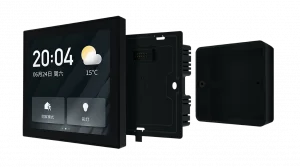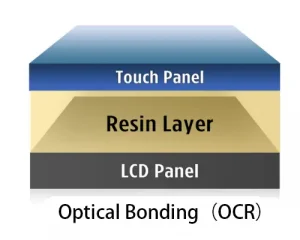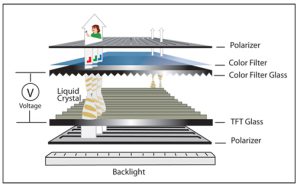As smart homes become part of everyday life, one component often gets overlooked — the display. Yet it’s the first thing users see, touch, and depend on to control their surroundings. On a wall-mounted panel or even a bathroom smart mirror, that tiny screen decides whether the whole system feels smooth or clunky, elegant or cheap. Among all available technologies, industrial IPS screens have proven to be one of the most reliable and visually consistent solutions for smart home applications.
How Displays Shape Everyday Smart Living
In most homes, the display has quietly taken the role of “the home’s face” — it’s how people talk to their technology.. Every tap on a lighting control, every swipe on a thermostat, and every glance at an energy dashboard happens through a display. This makes the display not only a visual output but also an essential part of the entire user experience.
Modern homeowners expect their smart home devices to be responsive, stylish, and long-lasting. A control panel mounted in a hallway or living room is exposed to different viewing angles, lighting conditions, and temperatures. Over time, cheaper consumer-grade displays begin to fade, lose brightness, or show inconsistent colors. That’s why manufacturers looking to build dependable smart home products are now turning toward industrial IPS (In-Plane Switching) screens — a display technology that balances visual excellence and mechanical durability.
Why IPS Technology Fits Smart Home Requirements
IPS technology has long been known for its wide viewing angles, consistent color reproduction, and stable image quality. Compared to TN and VA panels, which can appear washed out or distorted when viewed from the side, IPS screens maintain color accuracy and clarity from nearly any position. This makes them ideal for smart home environments, where a wall panel might be viewed from multiple angles or in rooms with mixed lighting conditions.
In addition to viewing performance, IPS panels also offer better touch sensitivity and reliability. Most smart home interfaces today rely on capacitive touch, which requires stable backlighting and consistent optical bonding to ensure a smooth experience. IPS panels perform exceptionally well in these applications, providing both precision and long-term reliability.
Perhaps the biggest advantage is how IPS technology bridges the gap between consumer aesthetics and industrial performance. Smart home users want vibrant, colorful displays, while manufacturers demand longevity and low maintenance. Industrial IPS screens manage to deliver both — clear visuals and long-term stability — making them an ideal choice for high-end residential automation.
Balancing Reliability and Longevity in Smart Home Devices
When designing a smart home product, engineers face a unique challenge: maintaining high reliability over many years without inflating the cost. Medical or industrial control systems are designed to operate continuously, often under extreme conditions, where failure is not an option. Smart home devices, on the other hand, operate in less demanding environments — a temporary glitch or reboot is acceptable. However, their expected service life is much longer than typical consumer electronics.
Unlike smartphones or tablets, which consumers replace every few years, smart home panels are usually built into walls or appliances. Once installed, they’re expected to function flawlessly for five years or more — often well beyond that. Replacing them involves electrical work, redeployment, and system recalibration, which users want to avoid. This is why engineers often choose industrial-grade displays even when the environment isn’t strictly “industrial.”
An industrial IPS screen can easily outlast a consumer display thanks to its longer backlight lifespan (typically 50,000 hours or more), better thermal stability, and higher-quality driver ICs. For smart home devices that run continuously — displaying time, temperature, or status data — this kind of longevity provides both reliability and peace of mind.
Industrial IPS Screens: The Perfect Middle Ground
The sweet spot for smart home displays lies between cost-effective consumer panels and mission-critical industrial ones. Industrial IPS screens represent that perfect middle ground. They provide professional-grade durability without sacrificing image quality or color richness. Their main advantages include:
- Extended lifespan: Over 50,000 hours of backlight life — roughly five years of continuous use.
- Temperature tolerance: From freezing winter to midsummer heat, IPS modules stay stable between -20°C and +70°C.
- Enhanced EMI resistance: Stable operation even near power lines or control circuits.
- High brightness options: Up to 1000 nits, bright enough to read under direct sunlight.
- Excellent color consistency: Maintains the same color tone and contrast ratio throughout its lifespan.
For smart home manufacturers, this means fewer warranty claims, lower long-term costs, and happier customers. Even though industrial displays are slightly more expensive than consumer ones, their longevity and performance make them a better long-term investment. Many smart thermostat and wall-panel brands are already switching to industrial IPS modules to achieve that balance between reliability and aesthetics.
To explore professional-grade solutions for your products, visit our industrial TFT display page for more details.
Design Considerations for Integrating IPS Screens in Smart Panels
Integrating an industrial IPS display into a smart home product requires thoughtful design decisions. Engineers must consider not only size and resolution but also environmental factors, mechanical structure, and visual requirements. The most common screen sizes for wall-mounted panels range from 4.3 inches to 10.1 inches, offering a balance between visibility and compact design.
Another important factor is bonding. Optical bonding eliminates the air gap between the touch panel and the display, reducing reflections and improving contrast. This method also strengthens the assembly, making it more resistant to vibration and humidity — common issues in kitchens or bathrooms.
Touch technology also plays a role. G+G (glass + glass) structures offer higher durability and clarity, while G+F (glass + film) options can reduce cost and weight. Engineers must choose the one that best fits the product’s use environment and budget.
Finally, visual design matters. Many smart home products are built to match interior aesthetics. Using an IPS panel with high color accuracy and consistent brightness enhances the perceived quality of the entire product. For fully customized display modules, Rocktech provides tailored options including size, interface (RGB, LVDS, or MIPI), and cover glass integration — ensuring both reliability and elegance.
Learn more about our custom TFT display services.
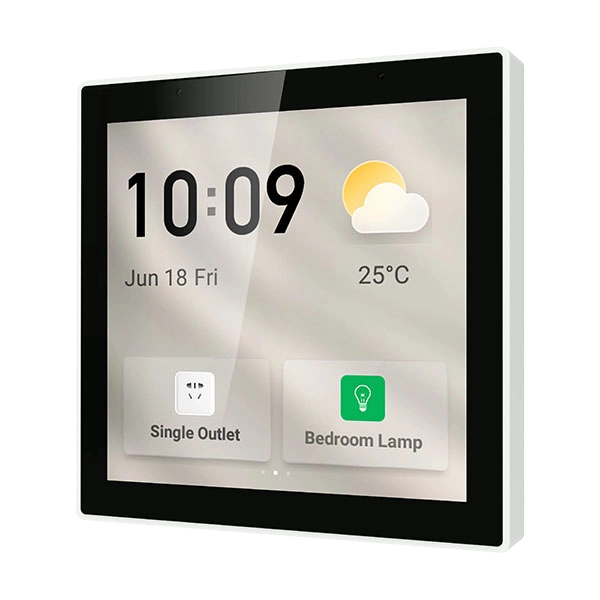
Enhancing User Experience Through Display Quality
The success of a smart home product often comes down to how it feels to use. Displays are the gateway to every interaction — and small differences in visual performance can make a big difference in user perception. A bright, clear, and color-accurate IPS screen gives the impression of sophistication and build quality, even in simple devices.
Imagine a control panel in a living room with sunlight streaming in. A low-cost TN screen would appear washed out or hard to read, while an industrial IPS panel would maintain perfect contrast and color. Similarly, a thermostat viewed from the side while walking by should still display information clearly — something IPS excels at. These subtle advantages add up to a better user experience, which translates directly into customer satisfaction and brand trust.
In essence, the display defines the “feel” of smart technology. A well-chosen IPS screen elevates not only the usability but also the emotional impression of the device, making smart homes look and feel premium.
Conclusion: The Future of Smart Home Displays Lies in Industrial IPS Technology
Smart home devices are no longer experimental gadgets — they’re becoming part of the permanent infrastructure of modern living. This evolution demands hardware that is durable, visually refined, and reliable over time. Industrial IPS screens meet all of these needs with an ideal combination of performance and endurance.
As the boundaries between residential and professional equipment continue to blur, the use of industrial-grade components in smart homes will only increase. From HMI control panels to intelligent lighting systems, the need for stable, bright, and long-lasting displays is growing rapidly. IPS technology, with its wide viewing angles, high contrast, and proven longevity, stands at the center of this transformation. Discover more about our custom TFT display and industrial IPS screen options, or explore how our embedded HMI systems can accelerate your next smart home project.

